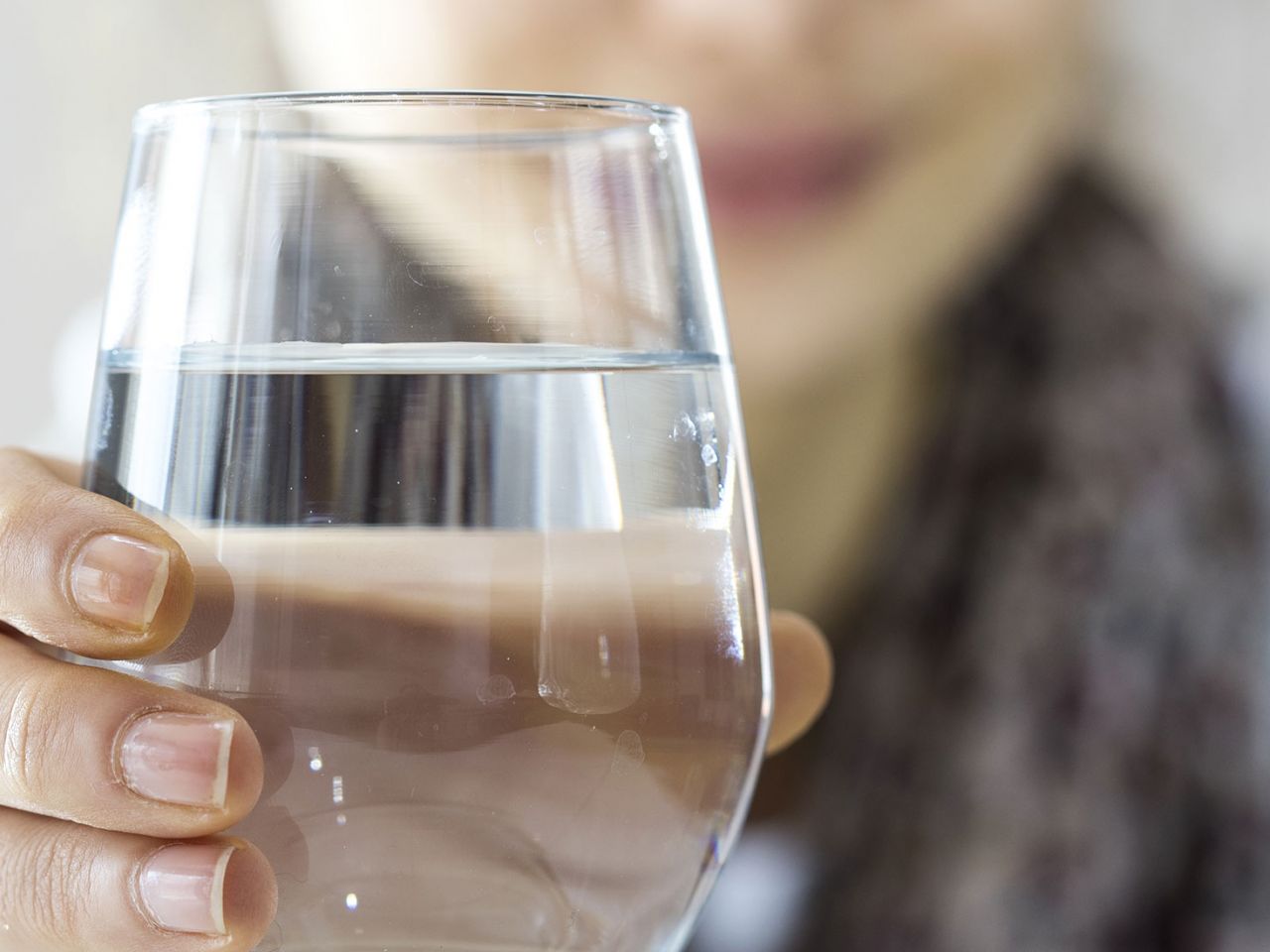
New York City’s drinking water system serves almost 9 million people, making it by far the largest U.S. water utility and one of the world’s biggest. EWG’s release of this year’s Tap Water Database provides a useful chance to see what’s in the water New Yorkers drink, and how it compares to the nation.
In addition to information about New York City’s drinking water quality, the Tap Water Database provides details about chemical and radioactive contaminants in the water of nearly 50,000 community systems nationwide.
It also shows how these concentrations compare to federal legal limits and EWG’s own health-based standards for protection against harms such as a greater risk of cancer.
The New York City system relies on surface water from over a dozen reservoirs and three lakes in the Croton and Catskill/Delaware watersheds, which are 25 to 125 miles away from the Big Apple. From those reservoirs, the water is disinfected at the utility’s treatment plants, then tunneled and piped to the city’s taps.
Twenty-two contaminants were found in the New York City system during the dates the Tap Water Database covers, with eight at levels above EWG’s health-based limits.
Key contaminants in New York City tap water
Disinfection byproducts
New York City’s utility page in the Tap Water Database shows that seven of the eight contaminants that exceed EWG’s health guidelines are disinfectant byproducts, an umbrella term that includes bromodichloromethane, chloroform, dichloroacetic acid, the haloacetic acids HAA5 and HAA9, total trihalomethanes and trichloroacetic acid.
Drinking water must be disinfected to kill disease-causing pathogens, and the process is one of the greatest accomplishments in public health. But it can produce toxic byproducts if the water contains organic matter such as soil, fertilizer and animal waste – all of which are plentiful in New York City’s untreated water.
Scientists have identified more than 600 disinfection byproducts in treated drinking water. Some of the most common are linked to DNA damage, cancer and other harms. In a 2020 study, researchers in Sweden found that pregnant women exposed to low levels of disinfection byproducts in chlorinated drinking water were more likely to give birth to underweight babies.
Hexavalent chromium
Hexavalent chromium, or chromium-6, was detected in New York City’s water at twice EWG’s health guideline. A 2008 National Toxicology Program study found that water contaminated with chromium-6 causes cancer in laboratory animals, and a 2015 study by researchers in California found an increased risk of stomach cancer in workers exposed to the contaminant.
EWG has long raised the alarm on chromium-6, releasing a landmark analysis and map of the contamination across the U.S. in 2016. EWG maintains the interactive map, which charts contamination utility by utility.
Chromium-6 levels in New York City’s water are about one-eleventh the national average and one-half the state average. California passed a state-level contaminant limit for hexavalent chromium in 2024.
Lead
For the 2025 release of the Tap Water Database, EWG was not able to find lead test results for the New York City water utility on either state or federal databases. Lead contamination can vary considerably from neighborhood to neighborhood within a city, depending on infrastructure and plumbing materials.
Aging infrastructure is often a key indicator of potential lead contamination in urban areas, since lead pipes were once used in hundreds of cities, most commonly in water lines installed before the 1930s.
Lead is a potent neurotoxin that impairs children’s intellectual development and alters their behavior and ability to concentrate. There is a strong scientific agreement that any amount of lead exposure during childhood is harmful and irreversible.
If you live in New York City and would like to find out more about lead in your tap water, contact the Department of Environmental Protection and ask for a free test kit.
Water filtration
EWG’s Tap Water Database can help you find the right water filter for your needs. On the utility’s page in the database, you can see what contaminants were found in your system that could be addressed by a particular type of filter.
A simple countertop carbon filter will effectively reduce nearly all contaminants in the New York City system above EWG’s health guideline.
The exceptions is chromium-6. Results of recent EWG tests of home filters found some pitcher filters can reduce levels of these contamination.
An advanced filter such as reverse osmosis is the most effective way to remove chromium-6 from drinking water – but this can cost more upfront than a typical carbon filter.
If you’re in the market for a countertop carbon filter, make sure to check out EWG’s guide to countertop water filters.
Stay in the know
EWG’s Tap Water Database is a helpful tool even if you’re not a New Yorker. The database puts your tap water’s contamination into perspective, so you can make informed decisions to reduce your exposure. Once you find your utility in the database, the info about New York City’s water quality can put it into perspective, so you can make informed decisions about filtration.
In the weeks and months ahead, EWG will continue to produce original drinking water content, from scientific analyses to everyday solutions to eye-opening explainers. Stay in the know by subscribing to EWG’s email list and follow us on Facebook, Instagram and YouTube.




